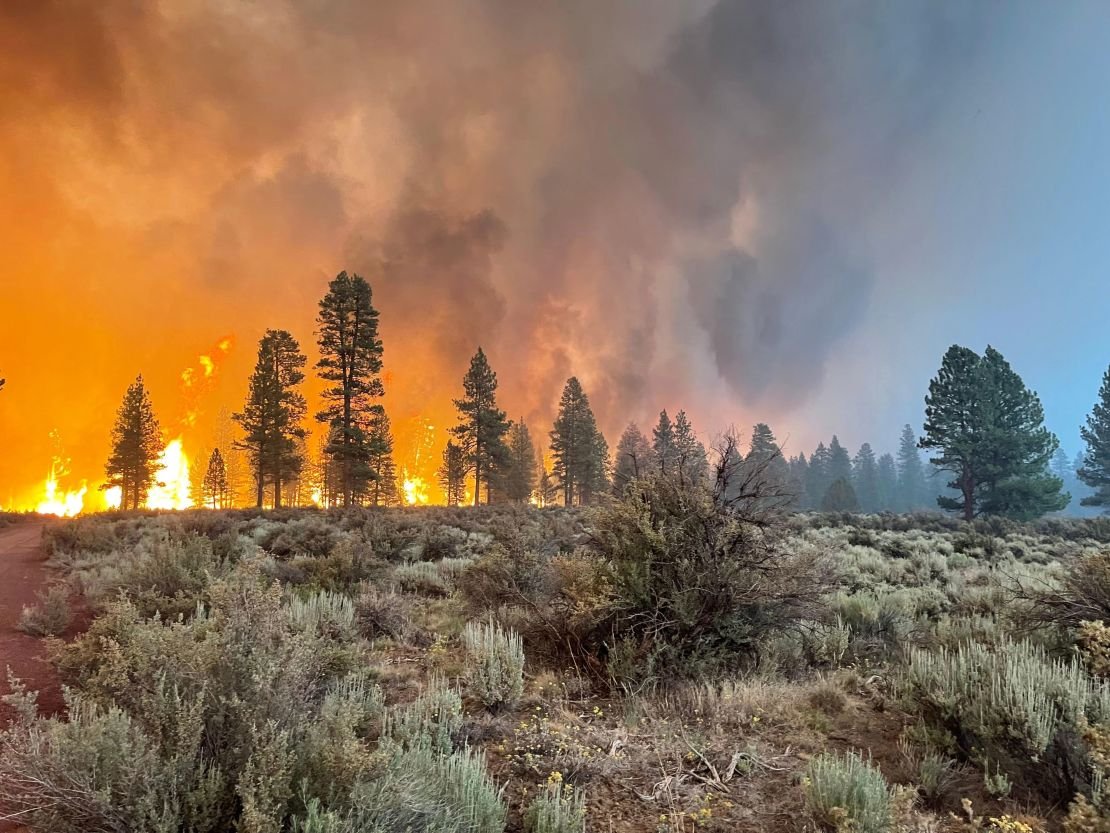Wildfires are increasing in frequency, pushing decision-makers to invest in cutting-edge wildfire detection technologies. The main goal is to identify fires early, enabling quicker responses and ultimately saving lives. Thanks to artificial intelligence (AI), stopping wildfires before they escalate is becoming more achievable. Let’s explore how AI-powered wildfire detection functions and which organizations are spearheading this innovation.
Spotting Smaller Wildfires With Enhanced Accuracy Google, a company renowned for transforming online search, is also making significant progress in wildfire detection. Its research division has developed a system that relies on a network of satellites combined with AI to pinpoint wildfires before they become uncontrollable.
This sophisticated system can identify and monitor wildfires within a 5×5 meter (16.5-foot) area. Unlike older satellite-based fire detection techniques, which suffered from low resolution and infrequent updates, Google’s technology provides high-resolution imaging and global updates every 20 minutes. These improvements equip firefighters with real-time data, enhancing decision-making and response effectiveness.
Google intends to launch the first satellite in this system, FireSat, in early 2025, followed by full deployment. FireSat will supply vital information about wildfire location, intensity, and size during the early stages, enabling more efficient firefighting efforts. Additionally, it will generate a historical database of fire spread patterns, aiding scientists and officials in planning evacuations and firefighting tactics.
This project expands on Google’s previous AI wildfire detection efforts, which have already alerted people in more than 20 countries near fire-prone regions. Google also offers an open-source dataset powered by machine learning to set wildfire detection benchmarks.
Accelerating Response Times Quick action is crucial in emergencies, especially in wildfire management. Climate change has intensified wildfires, making rapid response solutions more critical than ever. AI-powered systems help firefighters verify wildfires swiftly, enabling faster reactions and saving lives.
One such solution comes from Pano AI, which has collaborated with Austin Energy to introduce a camera-based wildfire detection network. This system integrates AI and real-time data to confirm fire incidents and transmit precise location details and images to firefighting teams.
Austin Energy’s 437-square-mile service area is monitored by 13 strategically placed smoke-detecting cameras, maximizing coverage in high-risk zones. Pano AI’s technology also identifies fires that are difficult to spot, such as those hidden under dense vegetation, in remote areas, or occurring at night. This capability significantly reduces environmental destruction and potential loss of life.
The effectiveness of this system has already been demonstrated. In Washington, Pano AI’s technology reduced wildfire response time by at least 20 minutes during a 2023 incident. While it took a week to fully contain the fire, early detection limited its spread to only 23 acres, preventing casualties and damage to infrastructure. With Pano AI’s solutions now in use across nine U.S. states, wildfire response times are expected to improve even further.
Containing Wildfires to Reduce Impact AI is also proving essential in controlling wildfire spread. A key example is the partnership between ALERTCalifornia and CAL FIRE. This initiative utilizes more than 1,050 cameras and data analysis tools to provide comprehensive wildfire insights, allowing firefighting teams to act swiftly—even before emergency calls are placed.
Tests have confirmed that this AI-driven system can detect fires at night and in remote locations. In one case, early detection allowed crews to confine a 2023 fire to less than a quarter acre. The system also provides confidence levels and precise location details, ensuring accurate assessments and effective deployment of firefighting resources.
A standout feature of the ALERTCalifornia/CAL FIRE project is its public access component. Camera feeds and a wildfire tracking website keep residents informed, reinforcing AI’s role as a valuable, life-saving asset during wildfire season.
Forecasting Wildfires Before They Start Taking AI wildfire detection a step further, researchers at Louisiana State University have created a predictive model. Their AI system examines historical wildfire data, current weather conditions, land cover, and vegetation types to forecast potential fire outbreaks days in advance.
The DeepFire prediction model generates up-to-date wildfire risk maps, allowing authorities to allocate resources proactively. The system continuously refines itself, using prediction outcomes to improve detection accuracy. When smoke is detected, it takes just four minutes to confirm whether it originates from a wildfire, giving responders a crucial time advantage.
This approach also integrates AI with long-range cameras, enabling early-stage fire detection—even before it becomes visible to the human eye. Even in cases where wildfires cannot be predicted in advance, AI tools can analyze and model fire spread, assisting in firefighting strategies and resource planning.
A Bright Future for AI in Wildfire Detection These advancements underscore AI’s increasing role in wildfire detection and prevention. By identifying wildfires at their inception, these technologies enhance preparedness, accelerate response times, and improve containment strategies. As AI continues to evolve, its ability to combat wildfire devastation will only strengthen, providing hope for safer communities and a reduced environmental footprint.




